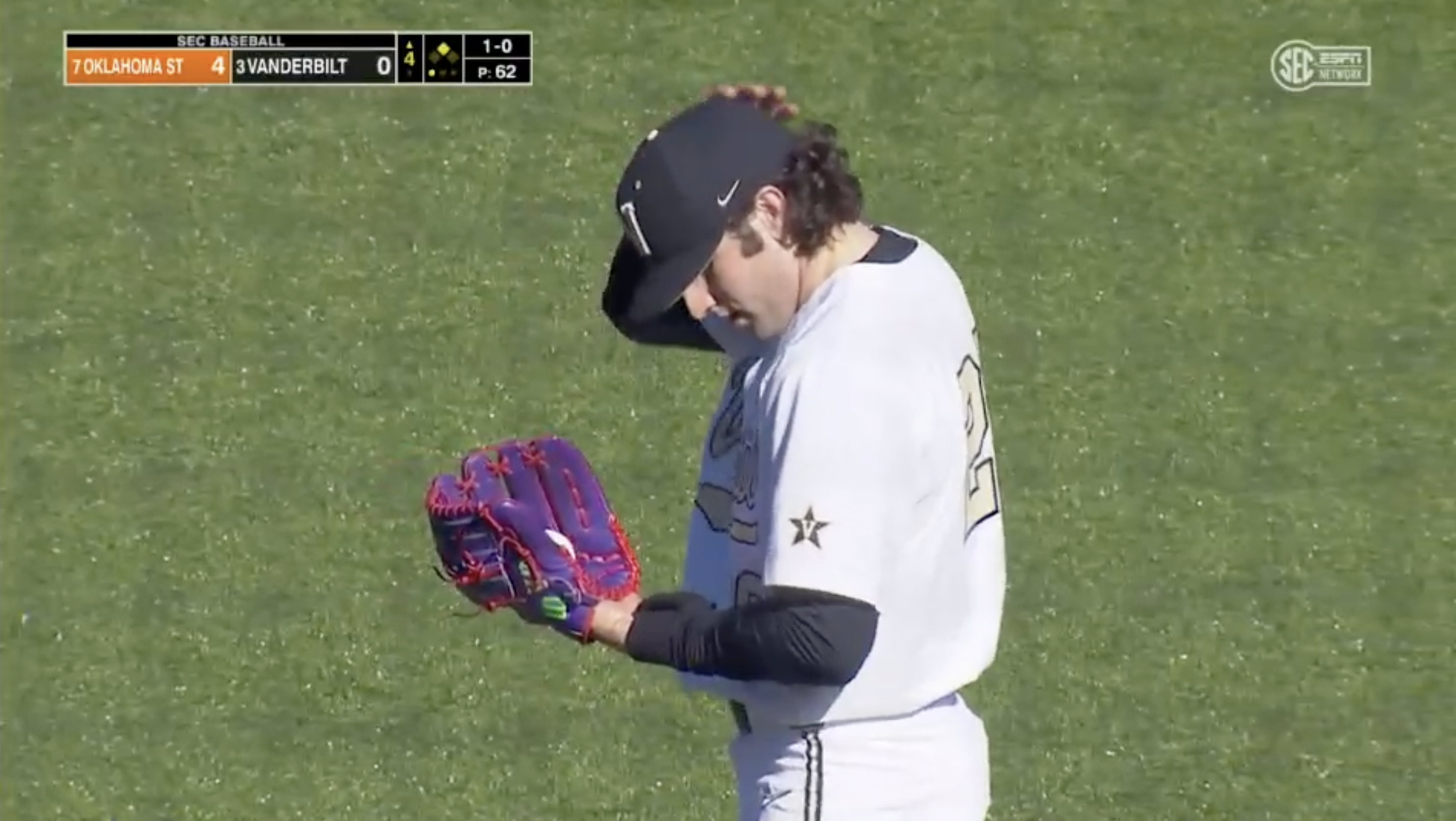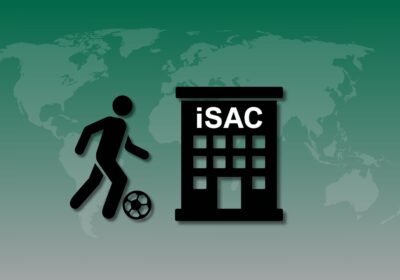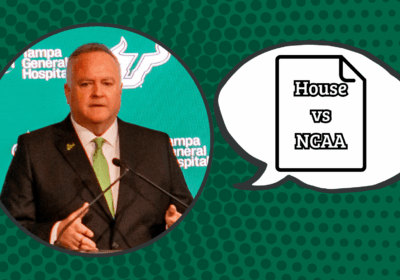OPINION: Technology in college baseball is stunting players’ development

Starting this season, the NCAA is permitting college baseball teams to use one-way communication methods from coaches to players in-game. Although intentions are presented in good light, there are some possible downfalls that come with this new practice.
In recent years, baseball on all levels has found ways to apply technology into the sport. Despite the presence of statcasts, tablets used by coaches, replay reviews and more, the one-way communication is more troubling than the rest.
A handful of teams have already taken advantage of this new change, including one of college baseball’s most high-profile programs.
Perennial College World Series contenders Vanderbilt started using the new tech on Feb. 18 in their opening weekend. Against Oklahoma State, all nine players on the field wore electronic bands to be aware of pitch calls and defensive shifts being relayed by their coach.
SEC Network announcers Max Herz and Andrew Harris were able to provide some information on the latest development in baseball technology.
Broadcasters explain that all nine Vanderbilt players are wearing electronic wristbands showing what pitch the coach is calling from the dugout
It’s the first year this is legal in college baseball pic.twitter.com/AohbaLEGfs
— Jomboy Media (@JomboyMedia) February 20, 2022
“It is technically called an electronic display board in the NCAA’s lingo, and this is the first year it’s been legal for a college pitcher to wear something like that,” Herz said.
The electronic bands that Vanderbilt used are sold by Game Day Signals. The company advertises the product as a tool that will speed up the game and protect the integrity of baseball.
Coaches types number combinations into a device that sends signals to all players indicating the type of pitch called as well as the location around the strike zone.
Vanderbilt is not the only school to try out technology while in-game either. Florida State has been known to give earpieces to their catchers for coaches to talk about pitch calls.
With the use of these methods, programs are hopeful to eliminate the execution of stealing signs seeing they would only be viewed by players and coaches on the team, rather than attempting to decipher other teams’ calls.
However, there is no say in how these communications would be monitored or the possibility of programs gaining access to opposing teams’ methods. Stealing signs is not an old story in baseball either.
In just the past couple of years, MLB teams like the Houston Astros were found stealing signs through the use of a video replay station to review and study calls, according to Bleacher Report.
Cheating is a rising concern with this implementation and the tradition of the game is at risk as well. In baseball, the catcher and pitcher work together in calling a game by using direct communication to select each pitch.
With technology coming into play, college catchers and pitchers don’t have the chance to learn how to call a game on their own and it turns into a coach’s game.
College is a place for students to learn, and student-athletes shouldn’t be deprived of this development while playing at the collegiate level. Instead of allowing players to take part in this learning opportunity, they are now being swayed to rely on technology and do what the coach says.
Hindering the growth of pitchers and catchers in such a crucial part of the sport leaves them at a disadvantage if they choose to pursue a professional career, where this technology has yet to be implemented at a large scale.







